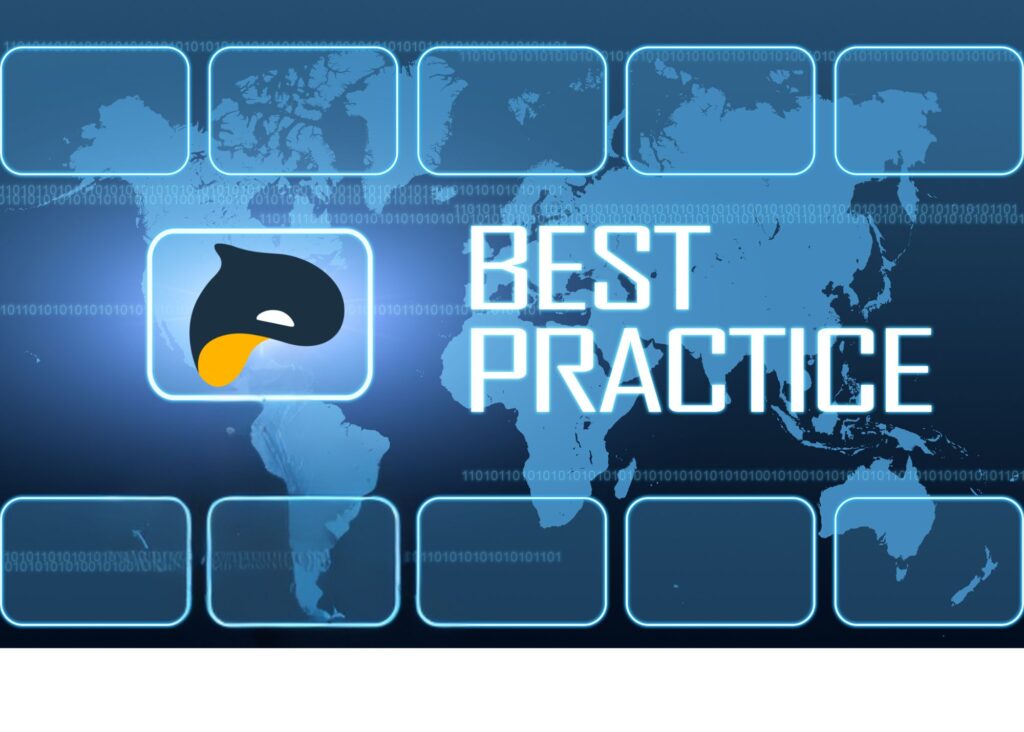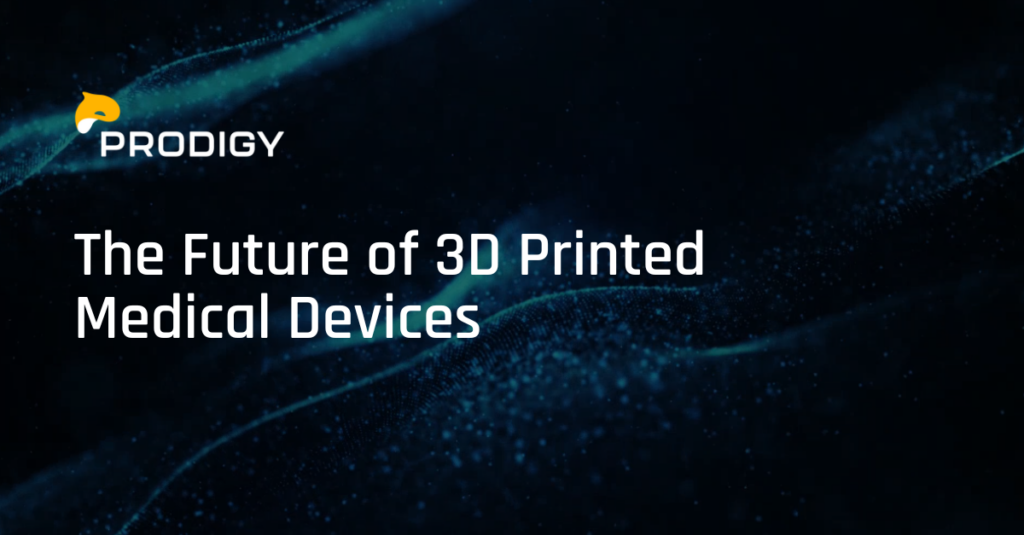Insights
Best Practices for Working with a Product Development Partner

Deciding to bring on a full-service engineering firm as a product development partner sets you on the right path to achieving innovation at speed. To make the most of your investment, we’ve compiled a list of 10 tips for maximizing your relationship with a product development partner – sourced from the leading product developers with a combined 207 years of experience in their fields.
- Often the biggest gains can be found by simply starting off on the right foot. Research and select a service provider with the necessary expertise and experience in your industry or domain. Check their portfolio and ask for references. Once engaged, set up regular communication channels and schedules to keep the lines of communication open. This includes meetings, email updates, and project management tools.
- Successful engagement requires a well-defined set of expectations and goals that have been clearly communicated and agreed upon. From there, a product development partner can create a timeline with progressive goals to be tracked throughout the development cycle. Regular check-ins with the client help maintain alignment on requirements, expectations, and direction.
- Engage as soon as you realize a project. You don’t need to have documented requirements, technologies, etc. That’s one of the main values in engaging with a full-service product development firm – it’s our job to understand your strengths/weaknesses to help guide the process and provide suggestions on what is better handled in house. Also, involve decision makers earlier in the process. This will increase efficiency and allow visibility to the drivers of product development challenges from all stakeholder’s points of view.
- In kicking off a project, it’s best to bring as much information that is available for the given project. If you have extra data and are not sure if it is relevant, include it! It’s better to have it and not need it than need it and not have it. Also be very forward about anything you don’t know. If there are areas that are undefined and we know this early, we can likely work with the client and help develop or find this information.
- It is important to lay out all known requirements and constraints off the bat, and to be proactive in communicating if/when these change. We can figure out how to adjust, but the further we are into a project, the more rework there will be.
- Involving the product management team as opposed to solely the technical management team gives a better view of how the product fits into the larger company portfolio. A product development partner like Prodigy is experienced at managing whole projects and can provide feedback on how specific technical aspects of a given project will or will not meet overall program goals for the company.
- Engaging a product development firm with a wide variety of market experience will bring perspectives that aren’t typically part of an in-house design team. Innovation can flourish when concepts from medical, consumer, industrial or commercial market spaces are shared and incorporated in new areas. This wide spectrum experience joined with a firm’s core competencies produces market-leading products.
- Understand the wide range of capabilities that a product development firm offers and how to handle product development, testing, and documentation all within one partnership (as opposed to splitting work across multiple companies and attempting to transfer data between). This can be a game-changer in terms of time to market.
- When possible, have all the necessary information ready when assigning a task, such as component sizes or information about custom equipment that has already been chosen in instances where design work is already underway.
- When defining a project, spell out must haves, nice to haves, and watch outs – especially when it comes to competitor’s patents. Have at least a ballpark idea of the target cost of goods sold (COGS) and estimated annual build volume: these will directly dictate the available array of manufacturing methods. Finally, list out any specific needs for software use; provide drawing borders and start parts as appropriate.
In conclusion, choosing the right product development partner is crucial for the success of your projects. An experienced engineering firm can provide invaluable expertise, guiding you through every stage of development. Whether you’re a startup venturing into uncharted territory or an established business seeking innovation, a reliable product development partner can be the catalyst for turning your ideas into reality. From conceptualization to prototyping and beyond, collaborating with a seasoned engineering firm ensures efficiency, precision, and a seamless journey from ideation to market. As you embark on your next venture, remember the impact a trusted product development partner can have on the trajectory of your success. Choose wisely, collaborate strategically, and elevate your projects with the expertise of a dedicated engineering firm by your side.





